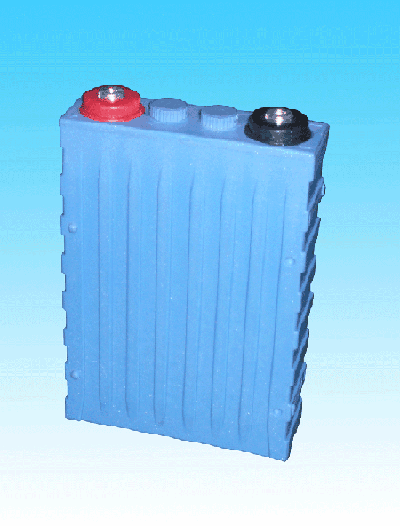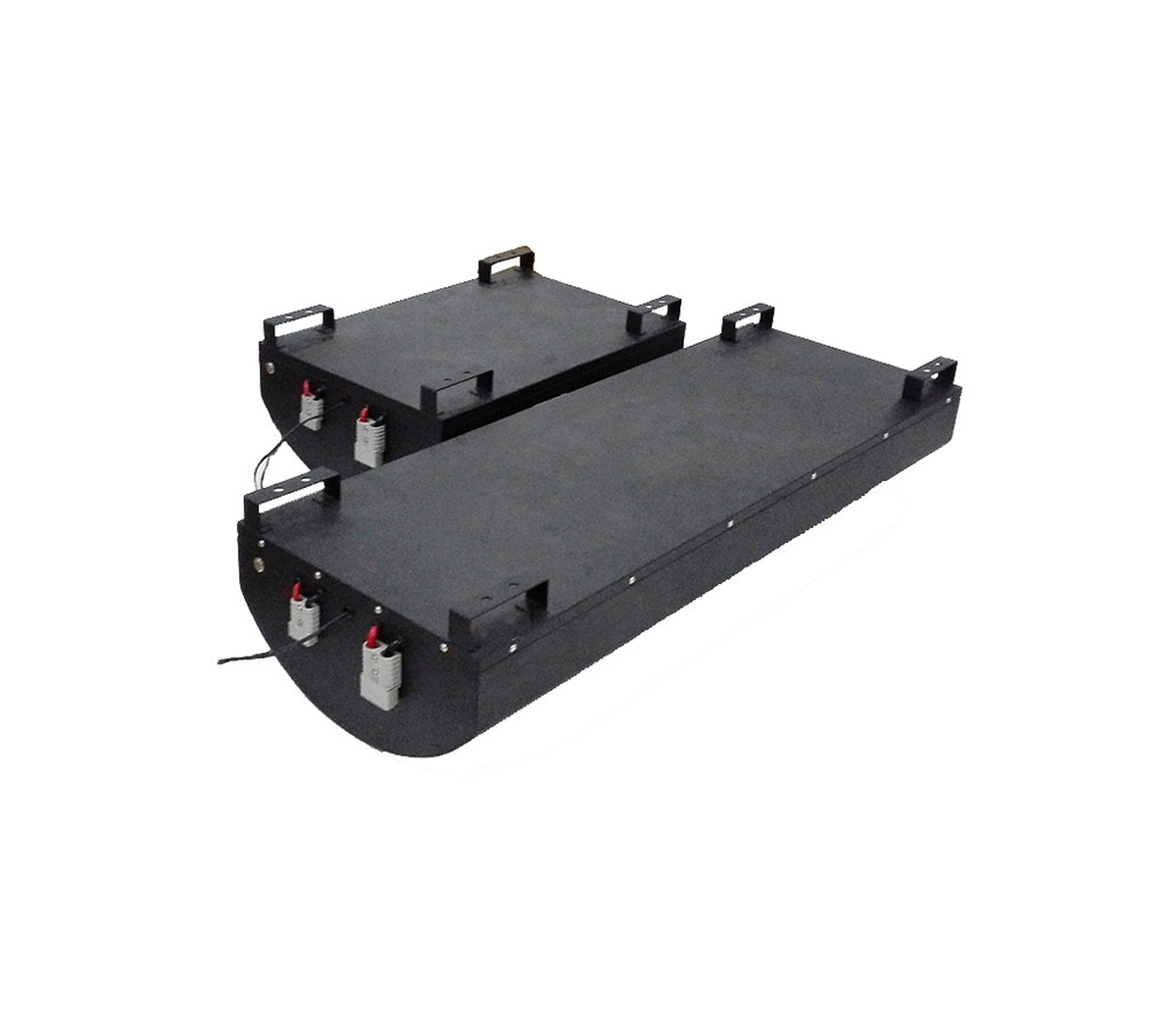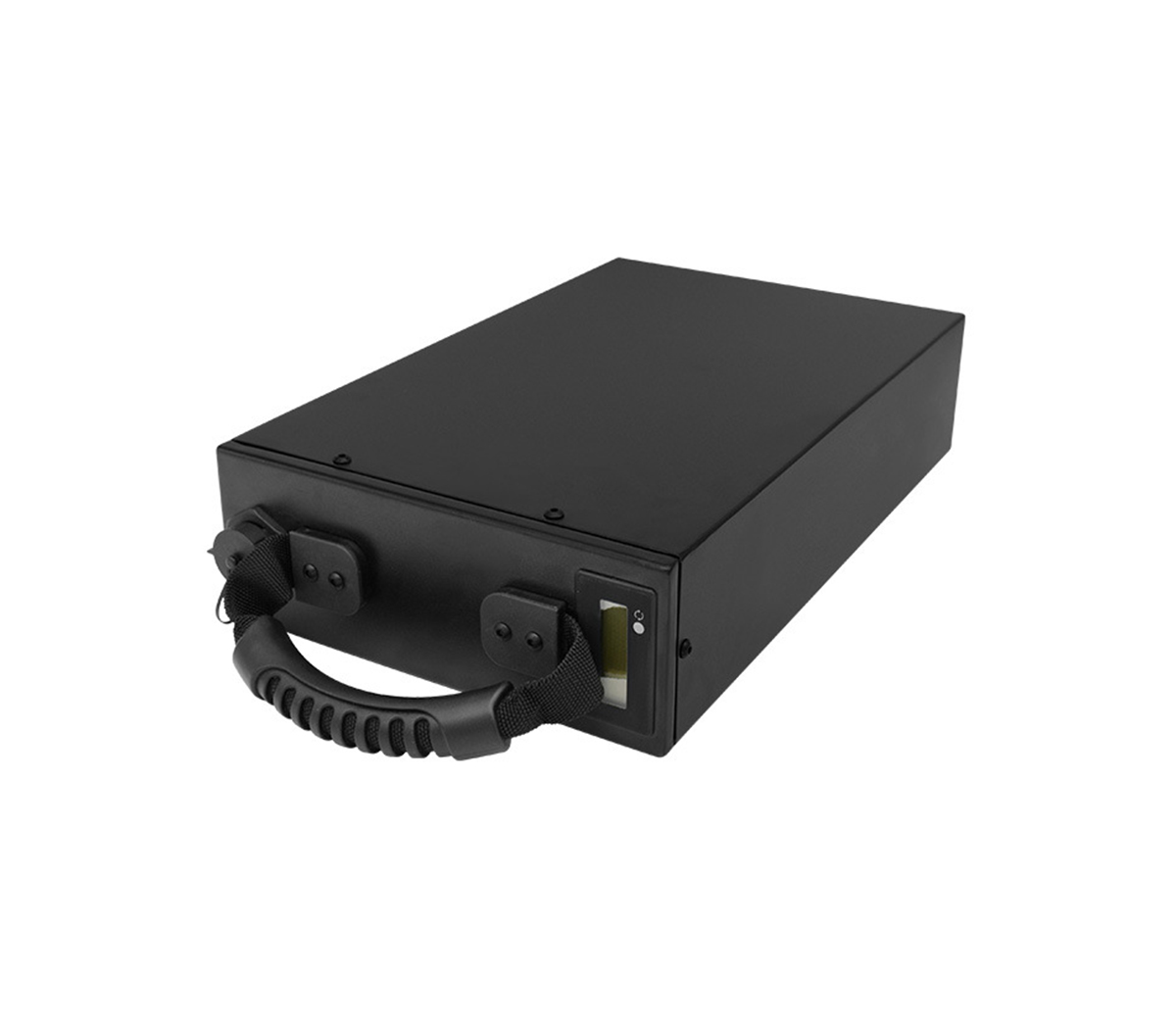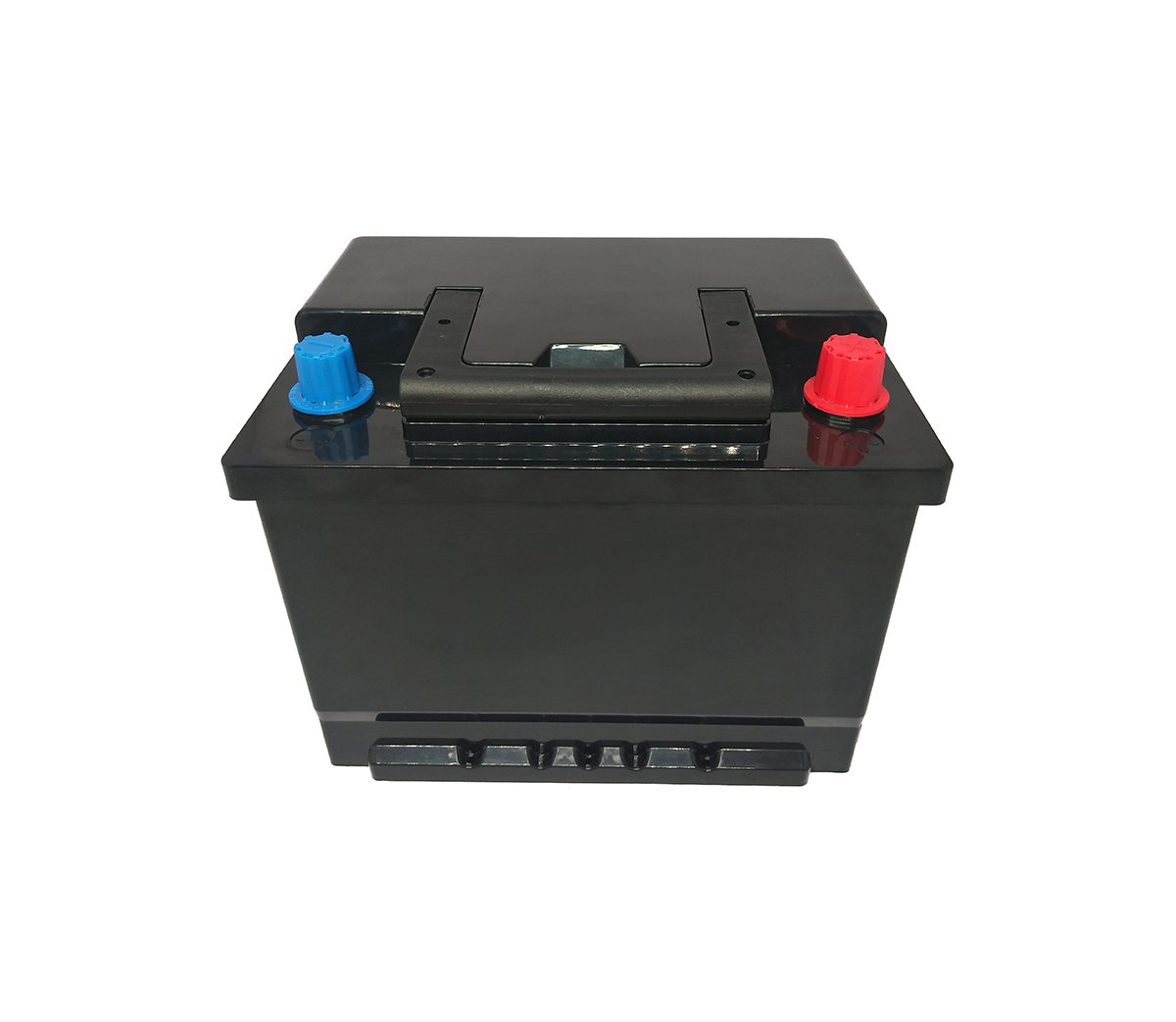
The focus of our attention on sodium-ion batteries is that the cost is low,
and the cathode material needs to be decobaltized with lithium, without lithium
ions, and without the costly cobalt raw materials; the second is that battery
life is required in both electric vehicles and energy storage. To be long; the
third is the safety is better; the last is the energy density to be more
appropriate.
First of all, let's talk about why we should develop sodium ion batteries.
my country's batteries are mainly used in three major industries, namely
electric vehicles, energy storage and consumer electronics. Around these three
directions, especially in recent years, the fields of electric vehicles and
energy storage have developed rapidly, with lithium-ion batteries being the main
focus. Power batteries increased by about 80% in 2015, and have exceeded 30GWh
in 2016. With this, the waste and recycling problems of lithium batteries have
become prominent, and lithium resources are also limited. At the same time,
energy storage is also a fast-developing industry, especially for microgrids.
There will be a large amount of energy storage demand. By 2020, energy storage
is expected to increase by three times compared with 2015. With such a large
battery demand, if all lithium-ion batteries are used, there are two problems:
one is the resource problem of lithium, and the other is the recycling problem
of lithium. So after lithium batteries, we have new options. This involves what
kind of battery system and what kind of materials. Based on this consideration,
can we find a system with more abundant reserves and cheaper materials? Finally,
we chose sodium ion batteries.
The focus of our attention on sodium-ion batteries is that the cost is low,
and the cathode material needs to be decobaltized with lithium, without lithium
ions, and without the costly cobalt raw materials; the second is that battery
life is required in both electric vehicles and energy storage. To be long; the
third is the safety is better; the last is the energy density to be more
appropriate.
"Sodium ion batteries and lithium ion batteries have similar reaction
mechanisms. In addition to phosphate or fluorinated phosphate, nickel-manganese
layered transition metal oxides can also be used as the positive electrode
material. In terms of anode materials, carbons, alloys and compounds can be
selected. Among the three types of anode materials, we still choose the cheapest
carbon material. We have carried out three classification studies of soft
carbon, hard carbon and graphene for anode carbon materials.
Some of our recent research results, one of which is the use of layered
structure Na0.67Ni0.33-xMxMn0.67O2 as the cathode material. After experimental
research and comparison, we believe that it is better to use acetate or oxalate
in the use of raw materials for the preparation of positive electrodes.
According to literature reports, if only nickel-manganese oxide is used as the
cathode material, its cycle performance and stability when charged to a high
potential are poor. Therefore, it has been reported in the literature that
magnesium can be doped instead of nickel sites. In this way, it is expected that
its capacity can be higher. This method is very helpful for obtaining high
energy density sodium ion batteries. In addition to magnesium, can other doping
elements be doped? We choose elements that are similar to the replacement
element's ion radius for doping. For example, instead of nickel sites, we choose
zirconium (Zr) ions and copper (Cu) ions for doping. The electrochemical
performance and cycle performance of the material after doping and before doping
are improved. Compared with Zr doping and Cu doping, the cycle stability of Cu
doping is better.
As for the negative electrode, since there are more methods to deal with
soft carbon materials, we tried to dope soft carbon with phosphorus. The
discharge capacity can be increased by more than 30% after phosphorus doping,
and the cycle characteristics are good. Why is the material performance improved
after phosphorus doping? This is because phosphorus doping can increase the
active point of sodium adsorption. In addition to the traditional intercalation
reaction, there are more active sites for sodium ion adsorption. In addition, in
terms of hard carbon, we selected biomass materials such as coconut shells and
apricot shells, and processed them to finally obtain hard carbon materials.
Through Raman analysis, it can be found that these materials have an ordered
structure with short layers and a disordered structure with long layers. Through
the cycle experiment, it can be seen that after 200 cycles, there is basically
no decline in capacity, and the cycle stability is very good. It can be seen
that these biomass materials are very good and cheap anode materials for sodium
ion batteries. Furthermore, we have also done research on the graphene negative
electrode. The biggest problem with graphene materials is the relatively low
density. It is still a question whether it can be made into a battery with a
high volumetric energy in the future. Therefore, it is possible to consider
combining graphene with other negative electrode materials such as hard carbon,
soft carbon, and compound or alloy materials.
We have made two kinds of soft-packed full batteries of 1.5Ah and 0.5Ah.
The positive electrode material uses the aforementioned nickel manganese oxide,
and the negative electrode uses biomass hard carbon material. After 300 cycles,
the capacity decreases to 15%. It can be seen that cheap materials for sodium
ion batteries can be prepared with good electrical properties.
Summary, for the cathode material of sodium ion battery, we doped nickel
manganese oxide to improve its electrical performance. In the anode material, we
have studied three materials: hard carbon, soft carbon and graphene. Phosphorus
doping on soft carbon can increase capacity; hard carbon materials have better
cycle stability; graphene has a higher capacity, but the first effect is lower.
Finally, we expect that sodium-ion batteries prepared based on cheap materials
will approach or exceed lithium iron phosphate batteries in energy density and
be used in electric vehicles and energy storage.



































